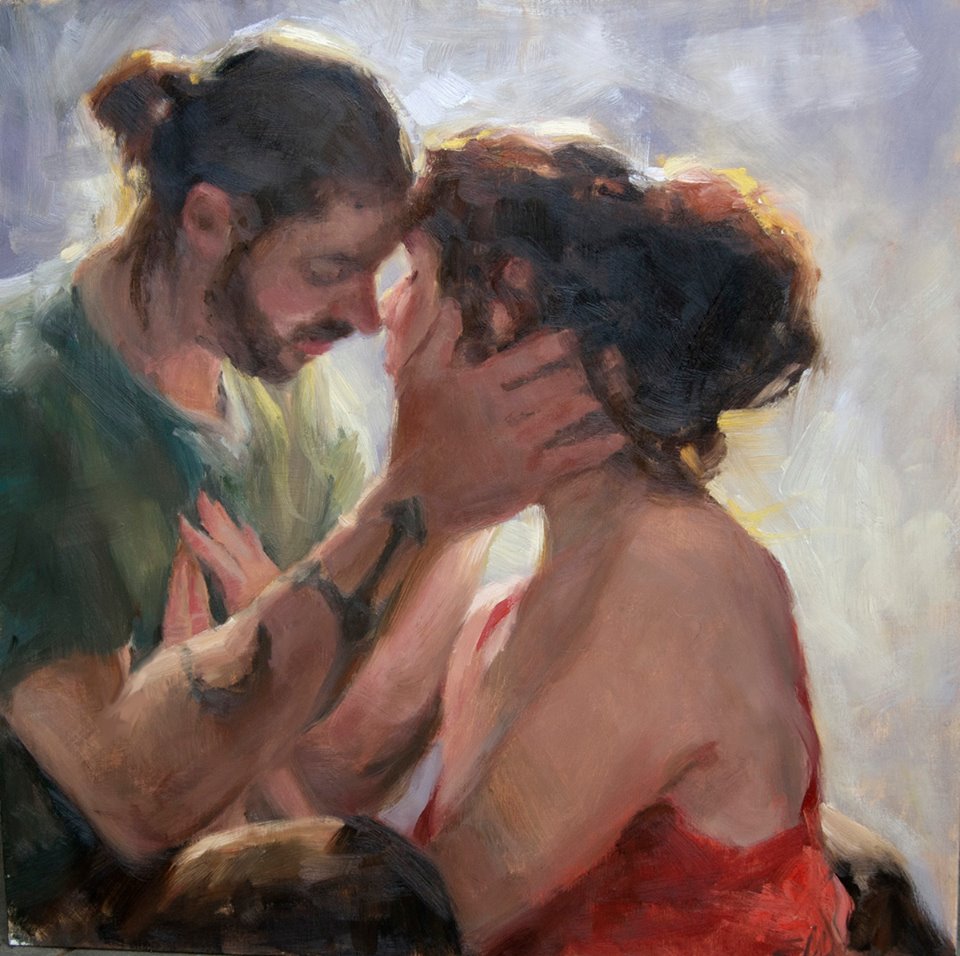The Austrian painter Emil Barbarini (1855-1930) was the son of the well-known landscape painter and etcher Franz Barbarini (1804-1873).
In contrast to the alpine themes of his father, he early started to focus on depictions of market scenes.
His favorite subject was the flower market in front of the Karlskirche in Vienna, but he also executed numerous market impressions of his study trips to the Netherlands and Belgium.










